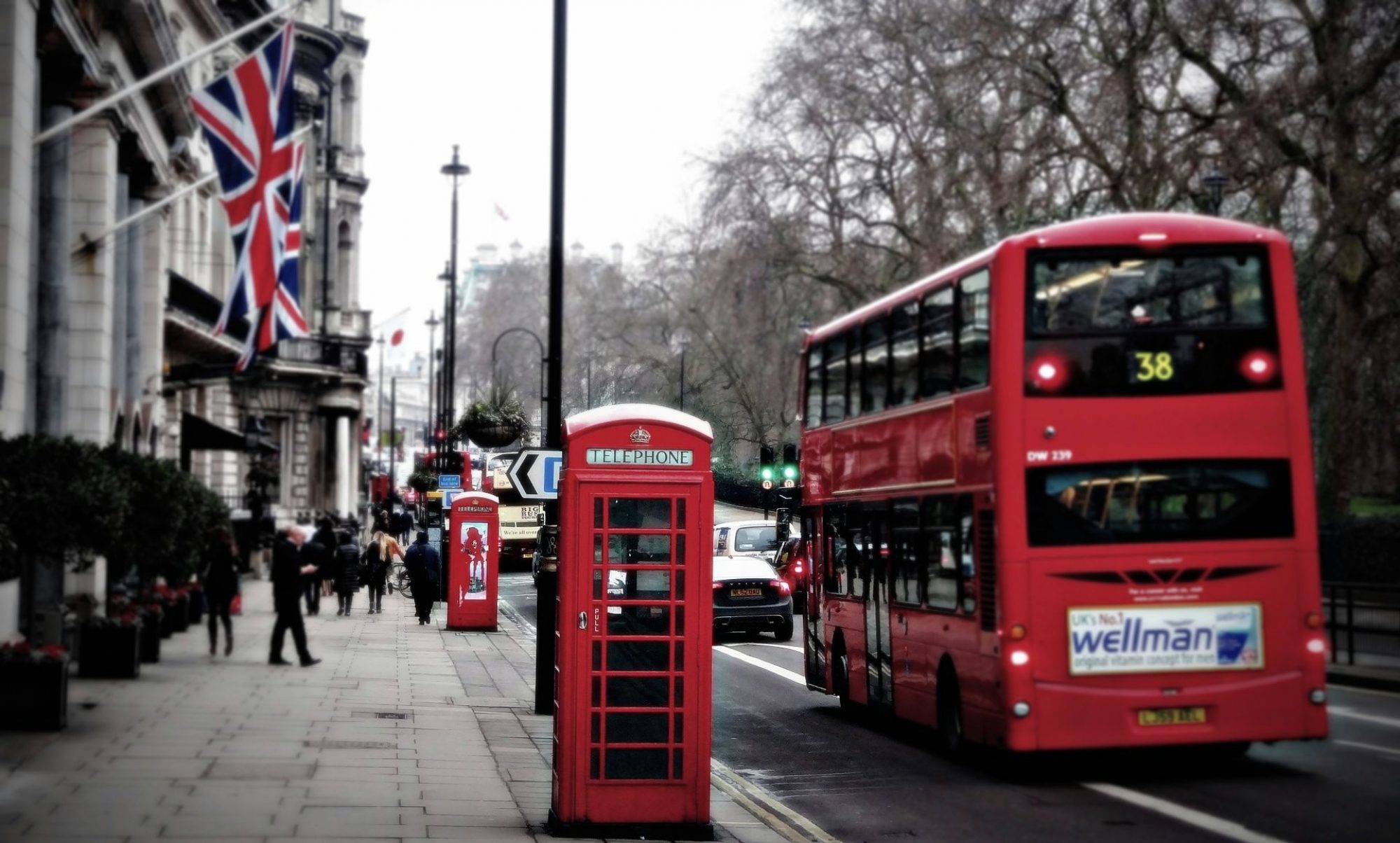
Sometimes, perform/format some goods from a person and sells Other goods to him. The same person is, therefore, a creditor as well as a debtor of the firm, and show his name will appear in the sales ledger as well as in Purchase/bought ledger. For example, the sample company set up a recurring journal entry that records $500 in machinery depreciation at the end of every month. If you identified a missing transaction in your books, record a journal entry as if you hadn’t missed it in the first place.
As we saw when we looked at the Sales Ledger Control account, a contra set-off (or contra), occurs when two businesses that owe each other money agree to net some of these debts off to leave a single balance outstanding. If the purchasing volume is relatively low, then there is no need for a purchase ledger. Instead, this information is recorded directly within the general ledger. The computer and bank loan accounts have single entries on one side, like the furniture account, so they need to be treated in the same way.
(a)Purchases ledger control Account is known to have a credit balance. Explain, using
These expenses are of heavy amount and are incurred mainly for promotional reasons. Nature of these expenses are capital but not actually represent any asset, hence should be written off from profit and loss account over a period of 3 to 10 years in equal installments. A purchases journal is a special journal used to record any merchandise purchased on account. The entries in this journal are made based on the invoice received from the supplier on the purchase date. Now that you’re confident in the accuracy of your account balances, you can generate the basic financial statements to analyze your general ledger transactions. To begin, enter all debit accounts on the left side of the balance sheet and all credit accounts on the right.
- All such information is provided solely for convenience purposes only and all users thereof should be guided accordingly.
- Question 2
(a)Purchases ledger control Account is known to have a credit balance.
- Close your books at least annually, but it’s best practice to do it monthly.
- A purchases journal is a special journal used to record any merchandise purchased on account.
- Therefore, it is a “short-term liability” for the business entity and forms part of the balance sheet.
Once the amount and the invoice total is correct you will be able to
select Save or Save & Exit. Once the amount and the invoice total is correct you will be able to
select Save or Save
& Exit. It’s easy to track your expenses from anywhere with online invoicing software like Debitoor.
Purchases Journal Format
It can help you track the expenses of your business, which can be useful for tax purposes. It can also help you keep an accurate inventory of the products and services you offer. This can be helpful if you need to recall a product or service, or if you are considering expanding your offerings. You can either reverse the erroneous transaction and create a new entry. I’m conducting a general ledger reconciliation for a sample company that uses QuickBooks Online.
What is the balance of purchase ledger?
The Purchase Ledger is your record of your purchases and expenses, whether or not you have paid them and how much you still owe. On a Balance Sheet, the total unpaid bills will usually will be called Trade Creditors or Accounts Payable.
Your business should still conduct general ledger reconciliations at least quarterly to catch errors in transaction amounts and categories. Then, you’d open the general ledger to update the affected account balances. If a business doesn’t pay its suppliers on time, the business could be charged interest (in the same way a business might charge a late paying customer). This interest would be credited in the PLCA (as it is increasing the amount owed by the business) and debited to an Interest Charged (or Payable) on Late Payment account. It would also be credited to the supplier’s account in the Purchases Ledger.
Connect With a Financial Advisor
Thus, Purchase Ledger Control Account is credited if its balance increases & debited if its balance decreases. The balance of the PLCA should equal the sum of the balances of the individual supplier accounts. Purchase Ledger Control Account (PLCA) is a summarized ledger of all the trade creditors of the entity. This Control Account typically looks like a “T-account” or a replica of an Individual Trade Payable (Creditor) account.
We will also record the contra in the other business’ ledger accounts in the Purchases Ledger and the Sales Ledger. An illustration of how a contra is recorded can be seen in section 3.02 of this course. The primary document recorded in the purchase ledger is the supplier invoice. Also, if suppliers grant a credit back to the business for such items as returned goods or items damaged illusion in transit, then you also record credit memos issued by suppliers in the purchase ledger. A credit memo may also be issued for a volume discount, though this credit may apply to a number of purchases in aggregate, and so cannot be traced back to an individual purchase transaction. From the trial balance we can see that the total of debit balances equals the total of credit balances.
What is included in purchase ledger?
The purchase ledger details payment information on what is outstanding in a separate location to record what the company spends with suppliers. Typically, the purchase ledger documents an account payable, which is then replaced with a payment transaction to highlight that the payment has cleared.
